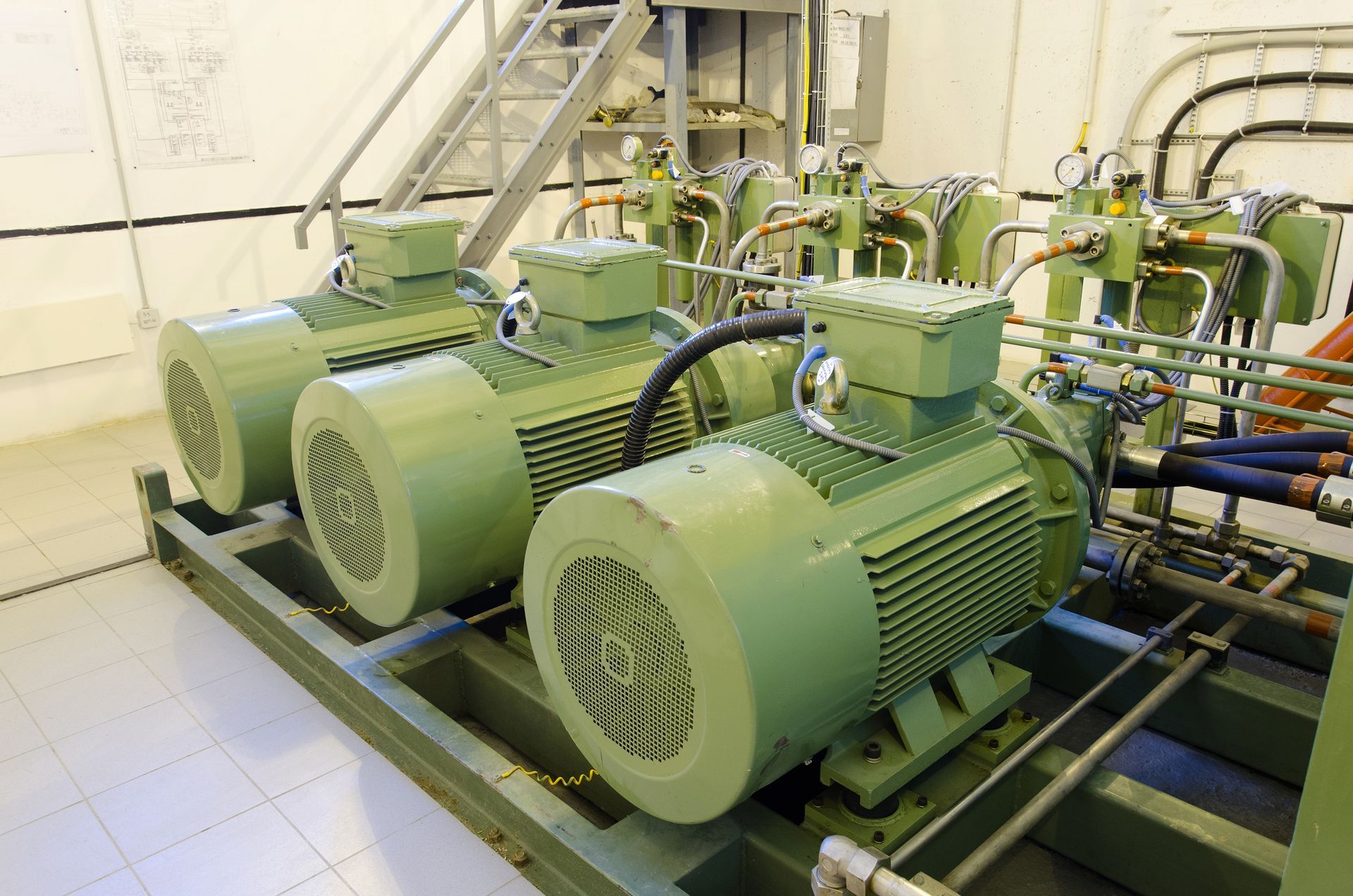Hydraulic Pump Performance: 5 Causes of Operational Inefficiencies
If hydraulic pumps underperform, this can cause significant losses due to decreased productivity. Therefore, if your commercial or industrial machinery show signs of pump decline, plan for immediate troubleshooting and repair. Moreover, consider the below-outlined causes of operational inefficiencies in hydraulic pumps to prevent a recurrence.
1. Fluid Incompatibility
The flow of incompatible fluid in a hydraulic pump can compromise equipment function and performance. When purchasing a pump for your machinery, consider the process fluid you use in your operations before selection. The critical liquid properties for identifying the right pump include specific gravity, operating temperature, vapor pressure, and particulates or abrasives.
If you have the wrong pump for your hydraulic fluids, replace the old component with a compatible one to prevent long-term inefficiencies.
2. Improper Sizing
An undersized hydraulic pump is prone to inefficiencies and malfunctions. The component will often experience strain after installation, and the performance can decline over time before complete failure. Therefore, consider the suitability of your hydraulic pump size for your machinery. Check on critical aspects like flow rate, total volume, discharge pressure, and power rating.
Oversized pumps are also unsuitable for efficient equipment function. The extra horsepower available in a large hydraulic pump will often increase energy wastage. Moreover, the unit could cause strain to other connected components.
3. Poor Piping Design
The inefficiencies in your hydraulic pump could be linked to the connected piping. A poor design can increase the strain on pumping components and cause a decline in performance. Check these elements and ensure the size is appropriate for the pump flow rate and pressure. The right diameter will often promote consistent fluid flow and reduced pump stress.
The weight of connected pipes can damage the pump by pulling at connection points. Therefore, when dealing with heavy hosing, use hangers or other supports to support the mass. The connection points are vulnerable areas for leakage when the fluid flows into and out of the pump. Use compatible fittings capable of withstanding the pressure and temperature of the fluid.
4. Incorrect Operation
If the pump operates contrary to the manufacturer's instructions, operational inefficiencies can arise. For instance, the wrong controller settings can cause an irregular flow of hydraulic fluid during operation. Consequently, the equipment might not function at the optimal capacity. Other critical settings include system relief, pressure compensator, and drive motor speed.
The operator must monitor these aspects to prevent inefficiencies related to human errors. Keep in mind that excess adjustment or constant knob-turning can also compromise pump function. Therefore, choose a well-trained specialist for hydraulic equipment management. Additionally, restrict the change of equipment settings by other workers without approval.
5. Irregular Upkeep
The core of consistent and efficient hydraulic pump function is proper maintenance. Therefore, follow the manufacturer's guidelines for regular system upkeep. The most critical task is housekeeping. Clean the pumps to prevent accumulated harmful grime and particles. Clean pumps are also easier to troubleshoot in case of a breakdown.
The quality of hydraulic fluid affects the operational efficiency of pumps. If old and degraded fluids remain in the equipment, the equipment performance can decline. Avoid this problem by changing the fluid as recommended. Choose high-grade fluid to improve pump performance and prevent component damage.
Also, monitor the function of hydraulic pumps in your equipment. Failure often occurs in machines due to late detection. If you identify a decline in the early stages, a complete breakdown will often not occur. The best approach to monitoring is gauge installation in the discharge and suction elements. Additionally, plan to regularly inspect the hydraulic pump assembly.
If you have noticed a decline in hydraulic pump function in your commercial or industrial machinery, do not ignore the warning signs. Contact us at Quad Fluid Dynamics, Inc., to comprehensively assess this component and subsequently repair and restore it if necessary.


